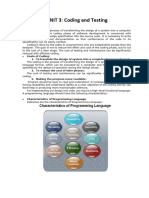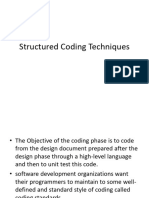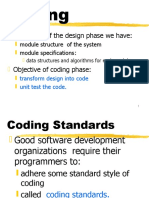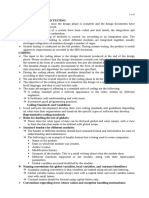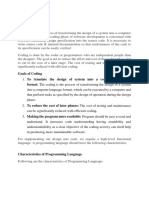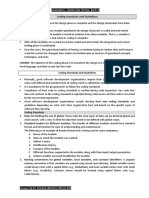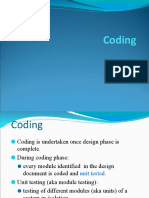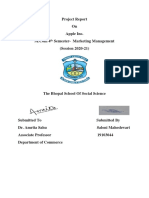0% found this document useful (0 votes)
53 views3 pages1 - Coding Standards and Guidelines
Uploaded by
arora.2003.karanCopyright
© © All Rights Reserved
We take content rights seriously. If you suspect this is your content, claim it here.
Available Formats
Download as DOCX, PDF, TXT or read online on Scribd
0% found this document useful (0 votes)
53 views3 pages1 - Coding Standards and Guidelines
Uploaded by
arora.2003.karanCopyright
© © All Rights Reserved
We take content rights seriously. If you suspect this is your content, claim it here.
Available Formats
Download as DOCX, PDF, TXT or read online on Scribd
/ 3


















